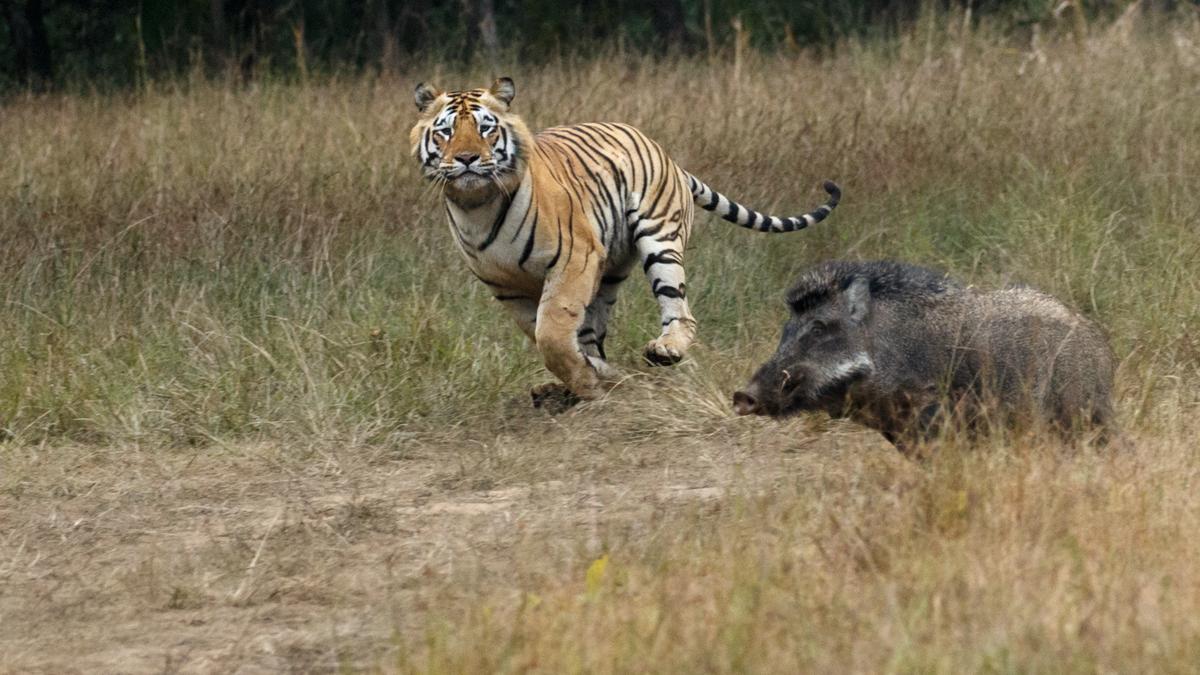For almost two centuries, biologists have divided the earth into large biogeographical regions. Each region hosts a unique mix of species shaped by its own history, climate, and barriers, such as oceans and mountains. Because those histories differ, many scientists assumed the inner layout of species inside every region would be idiosyncratic — that South America’s biodiversity, for example, would organise itself in a very different way from Africa’s.
At the same time, global rules clearly exist. Tropical zones almost everywhere teem with life while polar zones host far fewer species. The authors of a new study wondered: could there also be a universal rule inside each biogeographical region, one that transcended continents, oceans, and even entire branches of the tree of life?
Answering that question could reveal the basic forces that assemble nature’s living mosaics and show conservationists where protection could deliver the biggest payoff.
Peeling the onion
A new study, authored by scientists in Spain, Sweden, and the UK, reported just such a pattern in the July edition of Nature Ecology & Evolution.
According to University of Kashmir Department of Botany assistant professor Irfan Rashid, the study provides a rare, large-scale, data-backed confirmation of a general rule in biogeography.
In search of a hidden rule, the researchers cast an exceptionally wide net. They studied more than 30,000 species, including birds, mammals, amphibians, reptiles, rays, dragonflies, and trees. Information about the species’ ranges came from global databases such as the IUCN Red List, BirdLife International, and US Forest inventories. The team also tiled the earth’s surface into thousands of cells of equal area — each about 111 sq. km for most land animals, for example — and recorded all the species living there.
Then the researchers used a network analysis tool called Infomap to group those cells together whose species frequently co‑occurred. Each cluster thus became a biogeographical region, and the species most tied to that region were tagged as characteristic, i.e. as belonging to its core community. Species that spilled over from neighbouring regions were called non‑characteristic.
Finally, they took snapshots of four types of diversity in every cell: species richness (how many characteristic species live here), biota overlap (what fraction of species are non‑characteristic); occupancy (how widely do characteristic species range); and endemicity (how much of each characteristic species’ range is confined to that region alone).
With these four numbers in hand, the researchers ran a clustering algorithm on all the cells. If biodiversity organised itself differently among different kinds of organisms, cells from birds would cluster apart from cells from mammals, and so on. If a common rule existed, however, the algorithm would lump cells from many different taxa together.

This is how the researchers were eventually able to split the world into seven repeating biogeographical sectors. More importantly, they found that the sectors appear again and again inside every major region and for every taxonomic group, lining up in a remarkably orderly pattern.
The core hotspots were highly rich, highly endemic, and had almost no foreign species. The next inner layers were still species‑rich but had slightly more endemic species and slightly more widespread species. The middle layers had no richness and also had some non‑characteristic species. Finally, the transition zones were species‑poor and packed with wide‑ranging generalists from multiple regions.
That is, biodiversity everywhere was organised like an onion: with dense, unique biodiversity at the centre and grading outward towards porous, mixed margins.
The researchers also found that in 98% of region‑taxon combinations, temperature plus rainfall models could predict which sector a cell belonged to. This implied that only species that could tolerate the local conditions could survive in a given layer.
Further, the species that inhabited the outer layers were also usually subsets, not replacements, of inner‑layer species. That is, moving outward from the core, there were fewer specialist species rather than entirely different specialised species.
“The study provides a strong basis for understanding broad ecological trends,” Amit Chawla, Principal Scientist at the CSIR-Institute of Himalayan Bioresource Technology (IHBT) in Palampur, Himachal Pradesh, said. “It shows how biodiversity tends to spread outward from regional hotspots, and how environmental filters like elevation or climate allow some species to move while blocking others.”
Geographical gaps
In a time of climate uncertainty, understanding how species are spread can help make smarter decisions about what to protect and where. In the Indian Himalayas, for example, this could mean looking beyond traditional protected areas and focusing on key habitats, altitudinal zones, and natural corridors.
“We need to look at how changes in rainfall or temperature are affecting biodiversity along mountain slopes,” Chawla said. “Small experiments that simulate these changes can give us important insights.”

“The Himalayas are already experiencing rising temperatures and shifting rainfall and are at the frontlines of this change. Studies like this one offer a useful lens to understand the big picture,” Asif Bashir Shikari, professor of genetics and plant breeding at the Sher-e-Kashmir University of Agricultural Sciences and Technology, said.
Finally, Chawla did point out that while the study was global in scope, it had some geographical gaps. “For instance, groups like dragonflies in Eurasia and trees in North America were studied only in limited regions. The conclusions for these taxa could have been stronger with more comprehensive global datasets,” he said.
He added that some biodiversity-rich regions in the tropics and Global South, including parts of India, were underrepresented for certain taxa, underscoring the need for region-specific research to complement these global findings.
In sum, the newly uncovered core‑to‑transition rule turns the earth’s messy quilt of species’ ranges into something organised in layers. By identifying how environmental filters shape these layers, the study could give conservationists a sharper lens through which to understand and protect the living planet.
Hirra Azmat is a Kashmir-based journalist who writes on science, health, and environment.
